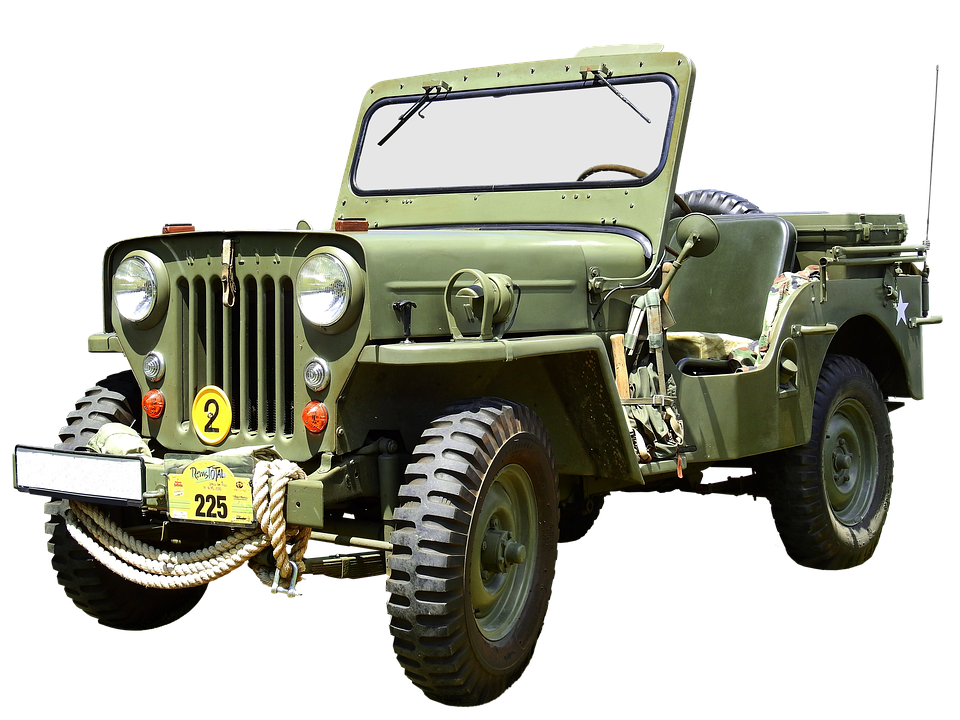While the most widely used military vehicles around the world are still Humvees and Joint Light Tactical Vehicles, much must be said about the MRAP class of military vehicles.
Essentially troop carriers, MRAPs, shorthand for Mine Resistant Ambush Protected vehicles, are the highly configurable workhorses of militaries around the world. Indispensable in the evolving nature of asymmetric warfare, MRAPs provide military troops with exceptional protection and mobility.

In the changing landscape of irregular warfare, experience has shown that troops are four to five times less likely to be killed or injured in MRAP-type vehicles compared to an up-armored Humvee. This exceptionally modular range of vehicles represents the ongoing demand modern, highly deployable, and versatile mobile vehicles in today’s contemporary theatre.
1. Multi-Role
As the new standard for military armored cars in today’s modern battlegrounds, the MRAP represents a class of vehicles that are designed to feature a high degree of protection to enhance troop survivability.
In the Middle East, UAE armed forces are supported by a cabin, known as the “crew citadel.” This battle-proven protection system enhances crew survivability by offering high levels of protection against mine, IED, and ballistic threats.
But these multi-role military vehicles offer more than just superior defensive capabilities. MRAPs are mission adaptable. They can be configured for various mission roles, including (but not limited to) infantry carrier, convoy escort, command and control, and explosive ordnance disposal. They can even be deployed as infantry fighting vehicles (IFV) ready to withstand some of the harshest operational environments.
The highly modular architecture of MRAPs means these vehicles can be deployed for multiple mission variants to meet a diverse range of requirements. This specialized military vehicle can be integrated with a fully motorized manned turret or remote weapon systems.
A combination of firepower, survivability, and mobility make these multi-purpose vehicles capable of meeting modern, asymmetric operational threats.
2. Mine Resistance and Ambush Protection
MRAPs provide military forces around the world with next generation, world-class protection against mines, IEDs and ballistic missiles. These low-tech adversaries mean military vehicles must provide protection solutions capable of mitigating asymmetrical threats.
The MRAPs’ defensive capabilities afford military personnel highly survivable multi-mission platforms while countering covert battlefield dangers. Its armor package includes a V-shaped hull and armor plating designs. The V-shaped hull is designed to provide protection and thwart the effects of IEDs, EFPs and conventional land mines. This is done by allowing the blast to be mitigated past the vehicle’s structure.
Optional equipment could be adapted to MRAPs thanks to the vehicle modular design. This can include add-on armor, explosive ordnance disposal arm, and a central tire inflation system.
3. Mobility
MRAPs provide rapid mobilization capabilities according to mission requirements. Its exceptional mobility, supported by modern suspension and powertrain, makes it an ideal choice for varying mission transitions: from decisive operations to rear-area security. This enables MRAPs to safely operate with on- and off-road performance.
Its high power-to-weight ratio and exceptional situational awareness enable tactical mobility, optimizing MRAPs for multi-faceted aspects of modern theatres. Despite being highly configurable, as a multitude of weapons, mission equipment, and enhanced protection systems can be added, the MRAP does not sacrifice vehicle mobility.
The MRAPs are manufactured in several configurations, mainly Jais 4×4 and Jais 6×6 categories. Further, the modular design of MRAPs means that all aspects of maintenance, from service to repairs, can be undertaken even in the field without diminished combat effectiveness. This provides optimum maneuverability on the battlefield while maximizing troop-carrying capacity.
The commonality of parts, up to 90%, within both categories provides savings in a military’s logistics footprint, acquisition costs, and maintenance management.
The full range of capabilities found within MRAPs is designed to meet the most demanding military requirements. MRAPs mark a new standard, providing a rare balance between crew survivability and operational mobility. Beyond its blast-resistant frame and armor protection scheme, MRAPs demonstrate their proficiency in operating within asymmetrical operations thanks in part to their modern suspension and powertrain, and crossover nature.
